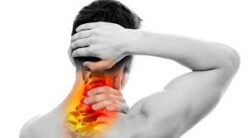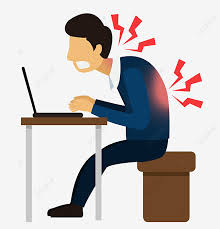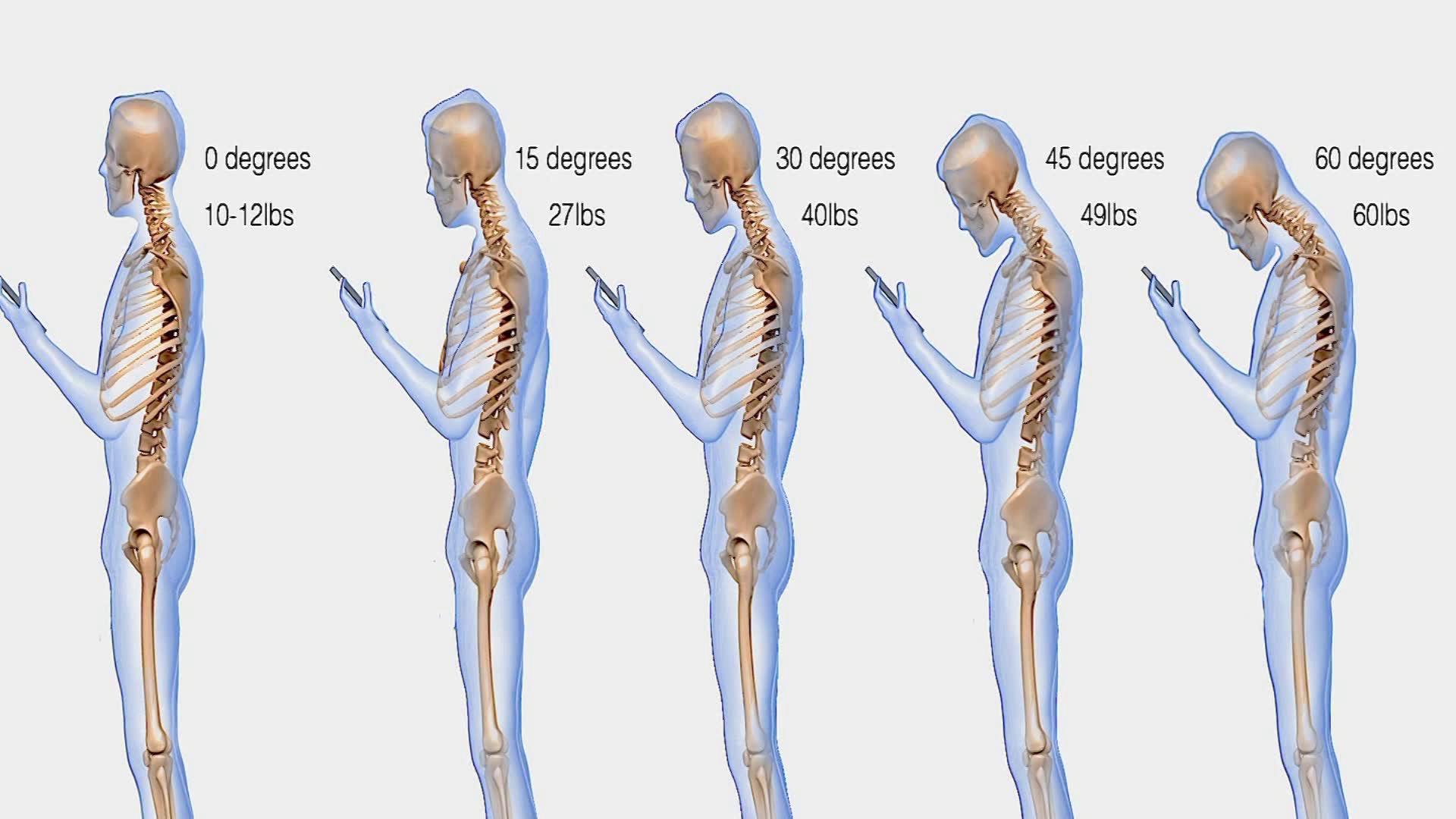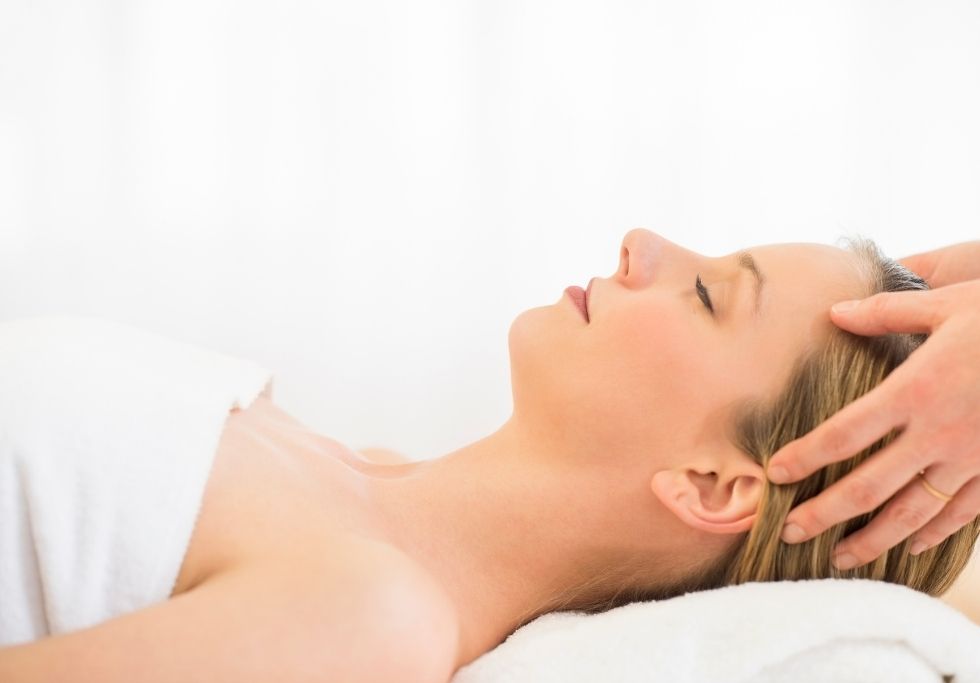What is Tech Neck?
- also referred to as text neck (a new name for an old issue — neck pain)
- technology (tablets, phones, Computers) is at the root of this issue because we spend so much time using our devices. There is an increase in frequency with tele-working, virtual meeting and computer related jobs. As well as increased time on cell phones and tablets searching the internet.
- neck (cervical) and or shoulder pain that is caused by the overworking for those muscles.
Causes
1. Posture/alignment – Posture is about more than keeping your back straight. It describes the way you position (align) your body when sitting, walking, and lying still as well as how you move when participating in sports, work activities, or chores around the home.
- Good posture helps keep the bones and joints in your shoulders, spine, hips, knees, etc. in the correct position. This can:
- Proper posture also helps reduce the pain and discomfort associated with arthritis, degenerative disc disease, and other chronic pain condition. Whether you’re sitting at a desk, standing in line at the grocery store, or relaxing on the couch, poor posture can stress and strain muscles, joints, ligaments, and tendons.
- When slouching becomes a habit, a temporary crick in your neck or ache in your back can worsen and become chronic.
2. Weight and position of head -The average adult head weighs 10-12 pounds, which is supported by the bony structures, muscles, ligaments, and tendons of the neck. But when you tilt your head forward and look down, which is the common posture for texting, the weight of your head places 50-60 pounds of force on the neck. Your neck simply isn’t built to withstand that type of force for prolonged periods. The result is muscular and ligamentous strain and spams and other structural issues that cause the symptoms associated with tech neck.
3. it’s caused by repetitive strain and injury to the muscles and other tissue structures of the cervical spine and upper thoracic spine.
Symptoms of Tech Neck
Symptoms related to tech neck are typically mild in the initial phases and increase as the condition advances. The most frequently reported symptoms include:
- Generalized aching discomfort in the lower neck, shoulders, and upper back
- Sharp, stabbing pain that’s intense and localized in one spot
- Headaches and Migraines
- Reduced mobility or stiffness in the neck, upper back, and shoulders
- Increased pain when tilting the head forward and looking down to text
- Jaw pain due to misalignment of the cervical spine (TMJ)
- Tingling pain and numbness in the arms and hands, related to spinal nerve irritation and inflammation
- Increased muscle spasms in upper traps and between shoulder blades.
Prolonged screen time can also cause deconditioning of certain muscles in your neck, chest, and upper back. This makes it difficult to maintain good posture, with your ears directly over the shoulders, which can worsen the symptoms associated with tech neck.
Treatment and Prevention
Depending on your symptoms, effective treatment for tech neck often requires a multipronged approach. For instance, muscular strain associated with tech neck, typically responds well to
- Rest,
- Physical therapy
- Massage to trigger points
- Myofascial Release to loosen up the fascial restrictions
- Exercises to strengthen the posterior chain
- Kinesiology taping
- Dry needling into Trigger Points to help to alleviate severe muscle pain and tightness.
- Improve Posture (an important component of treating as well as preventing tech neck is correcting the poor posture that stresses and strains your neck)
Call to schedule your Diagnostic Assessment today!! 815-454-5246 Get help immediately!!

Tech neck – What is it?
referred to as text neck (a new name for an old issue — neck pain)
The ever-evolving screen technology (tablets, phones, Computers) we’ve come to love and even rely on is at the root of this issue. Computers even more than before as we now have virtual meeting and activities that are required of us daily on these devices.
Causes
Posture/alignment – Posture is about more than keeping your back straight. It describes the way you position (align) your body when sitting, walking, and lying still as well as how you move when participating in sports, work activities, or chores around the home.
- Good posture helps keep the bones and joints in your shoulders, spine, hips, knees, etc. in the correct position. This can:
- Proper posture also helps reduce the pain and discomfort associated with arthritis, degenerative disc disease, and other chronic pain condition.
- Whether you’re sitting at a desk, standing in line at the grocery store, or relaxing on the couch, poor posture can stress and strain muscles, joints, ligaments, and tendons.
- When slouching becomes a habit, a temporary crick in your neck or ache in your back can worsen and become chronic.
Weight and position of head -The average adult head weighs 10-12 pounds, which is supported by the bony structures, muscles, ligaments, and tendons of the neck. But when you tilt your head forward and look down, which is the common posture for texting, the weight of your head places 50-60 pounds of force on the neck. Your neck simply isn’t built to withstand that type of force for prolonged periods. The result is muscular and ligamentous strain and spams and other structural issues that cause the symptoms associated with tech neck.
it’s caused by repetitive strain and injury to the muscles and other tissue structures of the cervical spine and upper thoracic spine. Prolonged screen time can also cause deconditioning of certain muscles in your neck, chest, and upper back. This makes it difficult to maintain good posture, with your ears directly over the shoulders, which can worsen the symptoms associated with tech neck.
Symptoms of tech neck
- Symptoms related to tech neck are typically mild in the initial phases and increase as the condition advances. The most frequently reported symptoms include:
- Generalized aching discomfort in the lower neck, shoulders, and upper back
- Sharp, stabbing pain that’s intense and localized in one spot
- Headaches and Migraines
- Reduced mobility or stiffness in the neck, upper back, and shoulders
- Increased pain when tilting the head forward and looking down to text
- Jaw pain due to misalignment of the cervical spine (TMJ)
- Tingling pain and numbness in the arms and hands, related to spinal nerve irritation and inflammation.
- Increased muscle spasms in upper traps and between shoulder blades.

Treating and preventing tech neck
Depending on your symptoms, effective treatment for tech neck often requires a multipronged approach.
Here are some things you can try at home.
- Rest – Resting head (against the couch and against the head rest in the car).
- Utilizing a pillow that will restore the normal curve in your neck.
- Improved Posture (an important component of treating as well as preventing tech neck is correcting the poor posture that stresses and strains your neck)
- 5 mins on the Foam Roller a day.
- Keeping your phone or screen at eye level. That means holding your phone in front of your face.
- Learning stretching exercises to relieve the strain on your neck and shoulder muscles.
- Developing good overall posture and learning to recognize what that feels like.
- Good posture involves re-training your body to stand, walk, sit and lie in positions where the least strain is placed on supporting muscles and ligaments during these activities.
If you are still experiencing pain then here are the services we offer to help.
- Physical therapy
- Massage therapy to trigger points.
- Myofascial Release to loosen up the fascial restrictions.
- Exercises to strengthen the posterior chain. – Follow is on YouTube for exercises.
- Kinesiology taping
- Dry needling into trigger Point to help to alleviate severe muscle pain and tightness.
- Pilates to retrain and strength core muscles to hold you up better.


